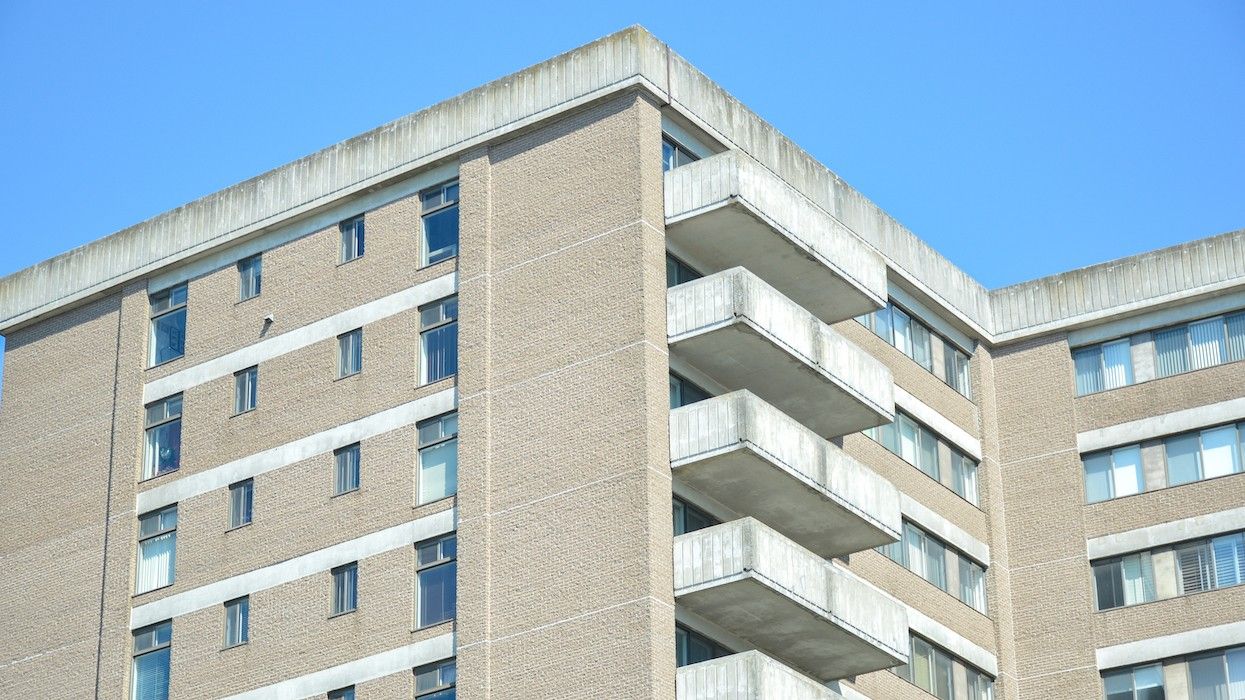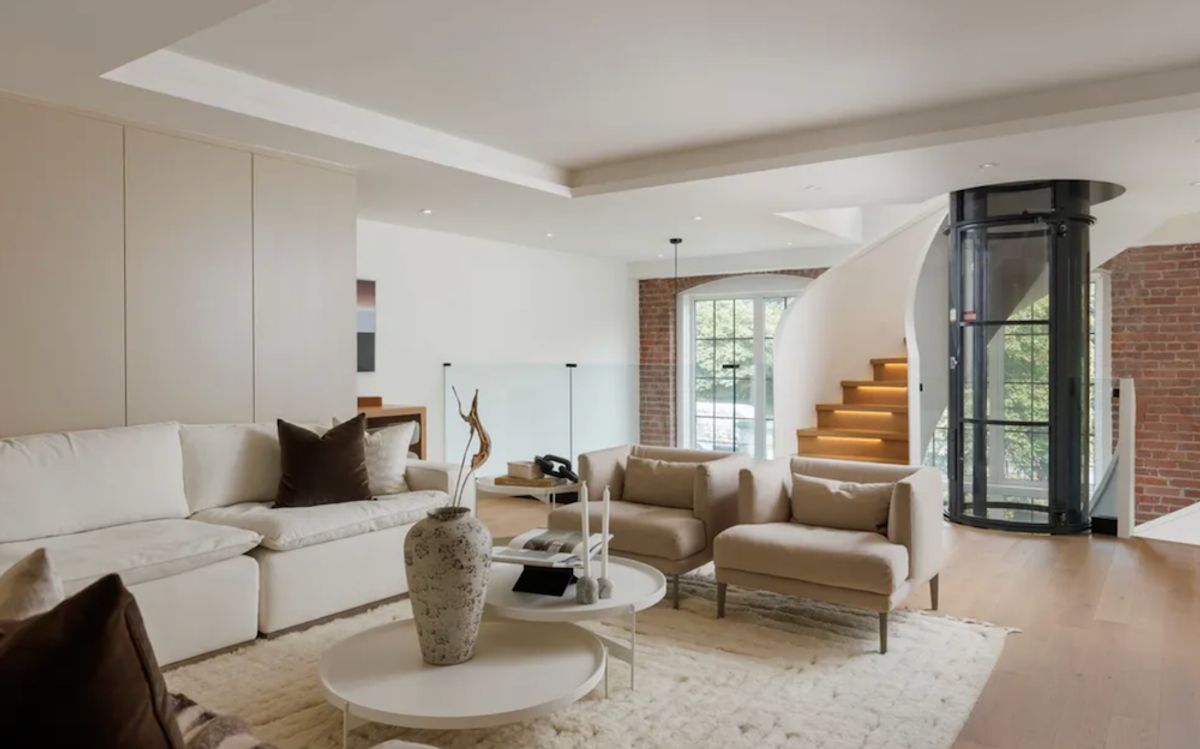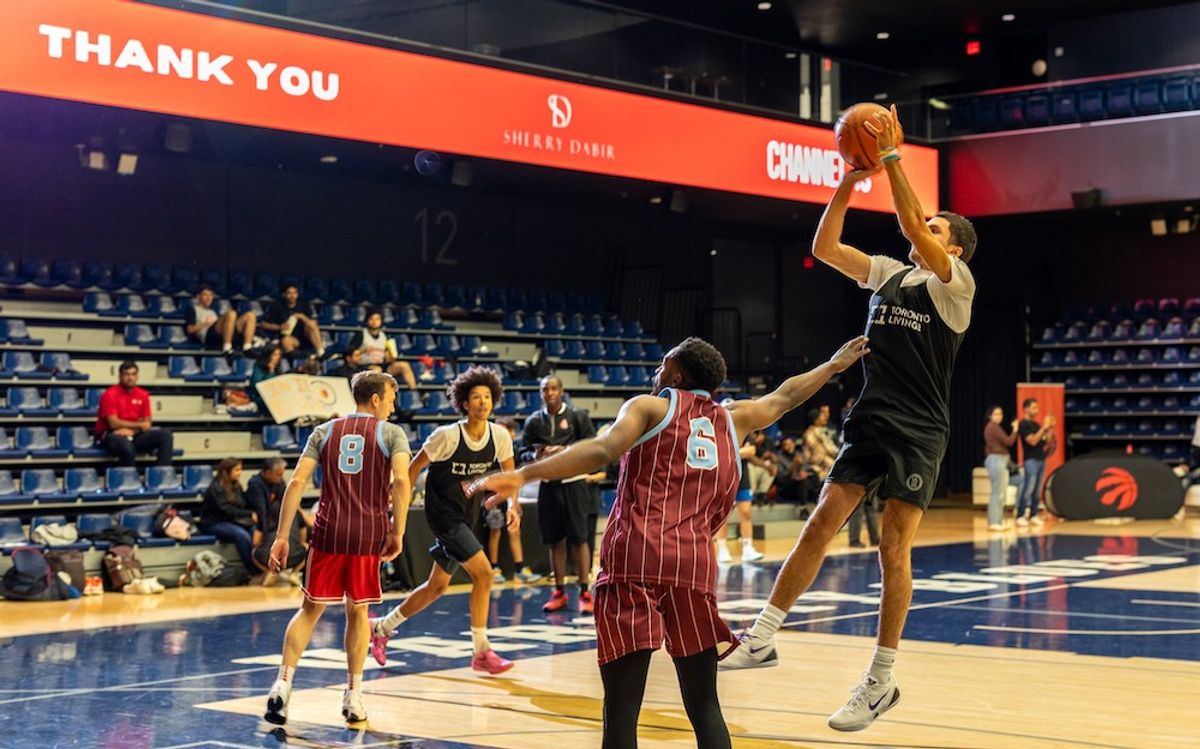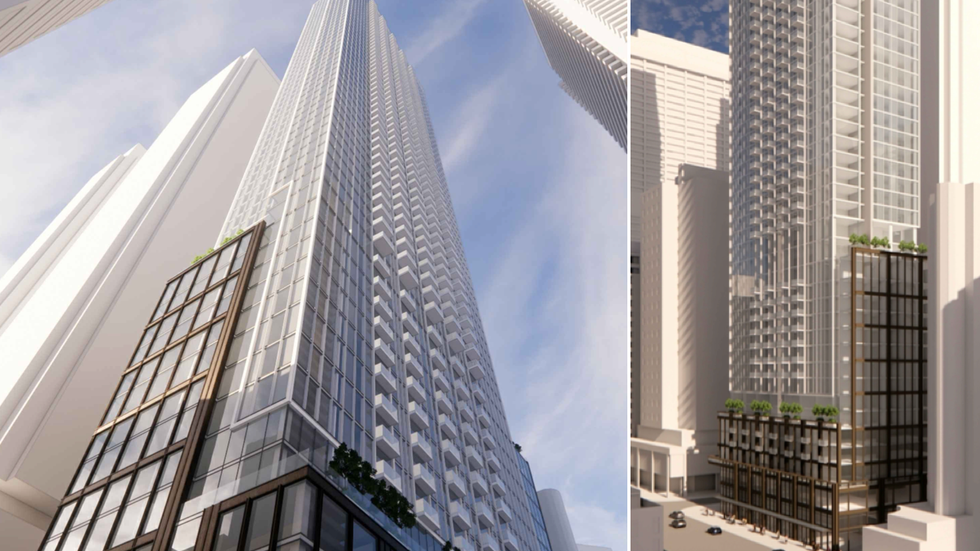With Ontario having some of the highest rental rates in the country, its provincially-mandated rent cap has been set at just 2.5% for 2025, constituting a country-wide low. That figure also marks the third consecutive year in which the province has opted to set the cap at 2.5%.
A provincial announcement from Friday explains that, under the Residential Tenancies Act, the cap applies to the “vast majority” of rental households in the province — some 1.4 million households, to be more precise — and represents the maximum amount a landlord can increase rent during the year without the approval of the Landlord and Tenant Board (LTB). The guideline is informed by Ontario’s Consumer Price Index, which clocks in at 3.1%.
Last year, the Province opted to hold the cap at 2.5% in response to “rising interest rates that would result in higher rent” — and this appears to be the reasoning this year as well. Without the cap in place, many landlords would be able to raise rents by the aforementioned 3.1% in 2025.
With that being said, landlords with units under rent control do have the option to apply for an above guideline increase through the LTB, but they must first prove that a higher increase is warranted. One example of an extenuating circumstance is if the landlord has made substantial improvements to the rental unit.
Though the cap applies to most rental households in Ontario, it is not sweeping and has no effect on rental units occupied for the first time after November 15, 2018, vacant residential units, community housing, long-term care homes, or commercial properties.
A few more things to note about rent increases in Ontario: increases are neither automatic or mandatory, and can only be issued 12 months from the last increase. In addition, landlords who wish to raise rent are required to give 90 days written notice.





















